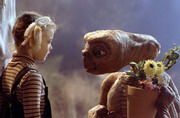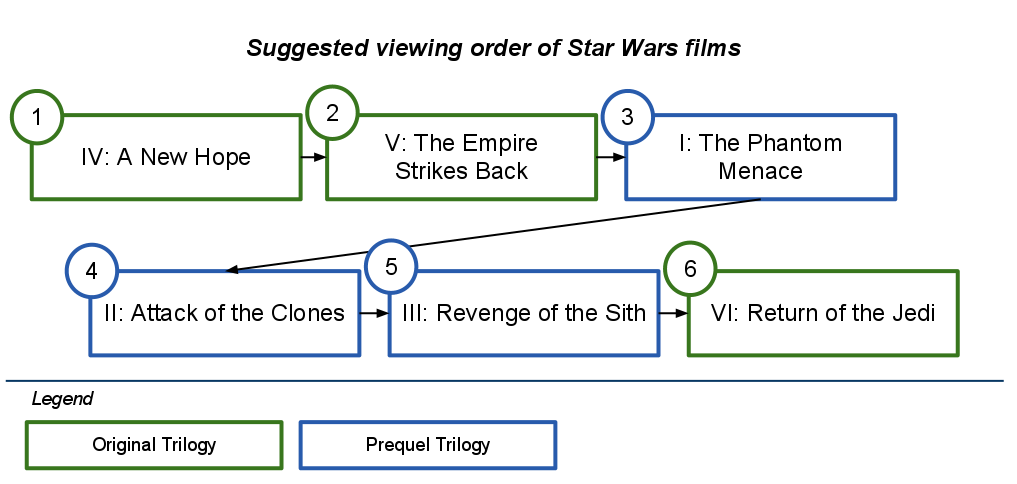Some of the popular questions (as suggested though meta):
Averroes asks How did the Death Star manage the debris after exploding a planet?
DavRob60 wonders what creative liberties are being taken with the Ender’s Game movie asking Did Mazer Rackham have a tattooed face in Ender’s Game book?
Sachin Shekhar wonders Who became Emperor of the Galactic Empire after death of Emperor Palpatine? DVK had the best answer.
Some of the popular answers:
Does the death penalty exist in comics? answered by Jeff
Has there ever been a Dalek civil war? answered by alexwlchan
Why was Mace Windu Surprised when Jango Fett was Decapitated? answered by DVK
Interesting Stats:
The most controversial question was Did the Borg follow a Borgesian philosophy?
The most voted question (and second most voted answer) came from What is the origin of the “Riker Chair Maneuver”? asked by Beofett
The most viewed question (asked by Logan) by nearly double the runner up was Who is torturing Theon Greyjoy and why? Sidenote, this question, for all its views, only has 2 votes (at the time of this article).
The highest voted answer (from Jeff) was Does the death penalty exist in comics? In third place was Was Picard speaking French and being translated the entire time?


